レポート:Janvier 編集・訳:タケダノリヒロ( @NoReHero)
【English below】
ルワンダ人ライターの寄稿、第3弾!おなじみ大学生・ジャンビエ(Janvier)が、今回はルワンダの結婚式について教えてくれました。
式の最後に花嫁がしばらくかくまわれるというルワンダならではの風習や、日本とおなじような式の挙げ方、ジェンダー観の変化まで。
どんな違いがあるのでしょうか!
The third article from Rwandan writer, University student, Janvier. He taught us about Rwanda’s wedding ceremony.
There is an unique custom that a bride is hidden for a while in the last step of wedding. On the other hand, we can see resemblance between Rwanda and Japan such as changes in the view of gender.
It is interesting to know common and different points comparing two culture.
Contents
日本語(Japanese)

- グファタ・イレンボ(Gufata irembo)
- ダウリー・セレモニー (Gusaba no gukwa)
- 行政での結婚式 (Gutera igikumye)
- 宗教的な結婚式 (Gushyingira)
- ウエディング・パーティー (Kwakira abatumiwe)
- グトウィクルラ(Gutwikurura)
すべてを同じ日におこなうこともあれば、分けておこなうこともあります。基本的にはこの順番です。
グファタ・イレンボ(Gufata irembo)


左:バナナビールの入ったひょうたん 右:伝統的な布(トガ)をまとった男性 ©Robby
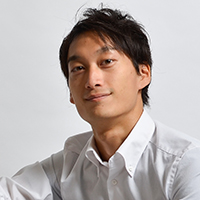
持参金や贈り物をわたす、ダウリー・セレモニー(Gusaba no gukwa)

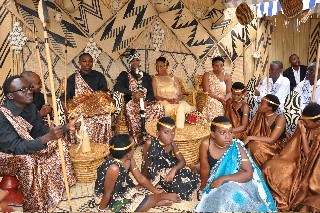
©Robby

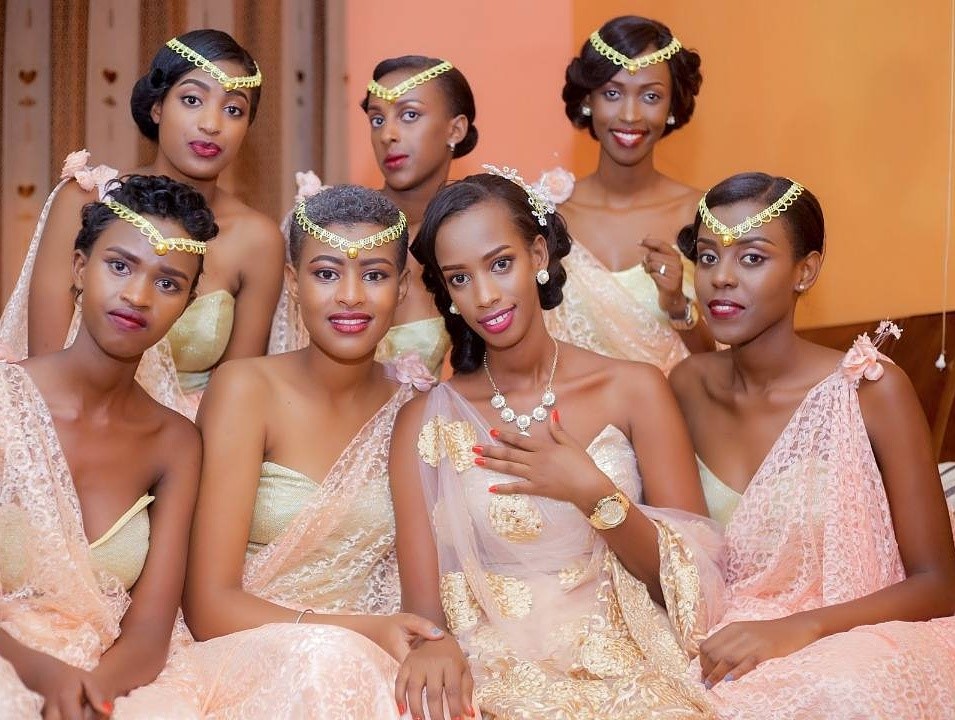
©Robby


行政での結婚式(Gutera igikumye)
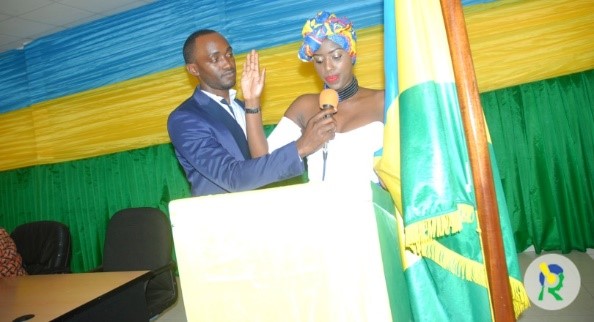
©Robby

宗教的な結婚式 (Gushyingira)
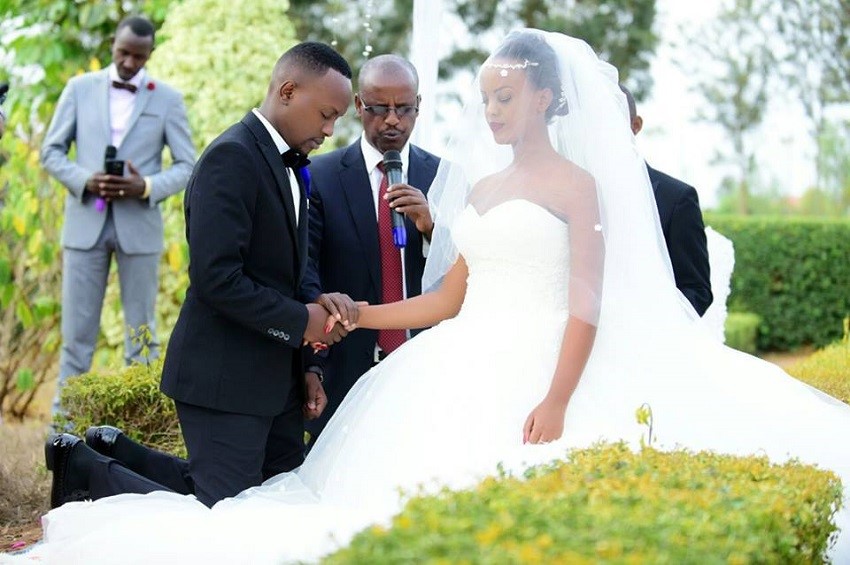
©Robby


結婚式パーティー(Kwakira abatumiwe)


グトウィクルラ(Gutwikurura)

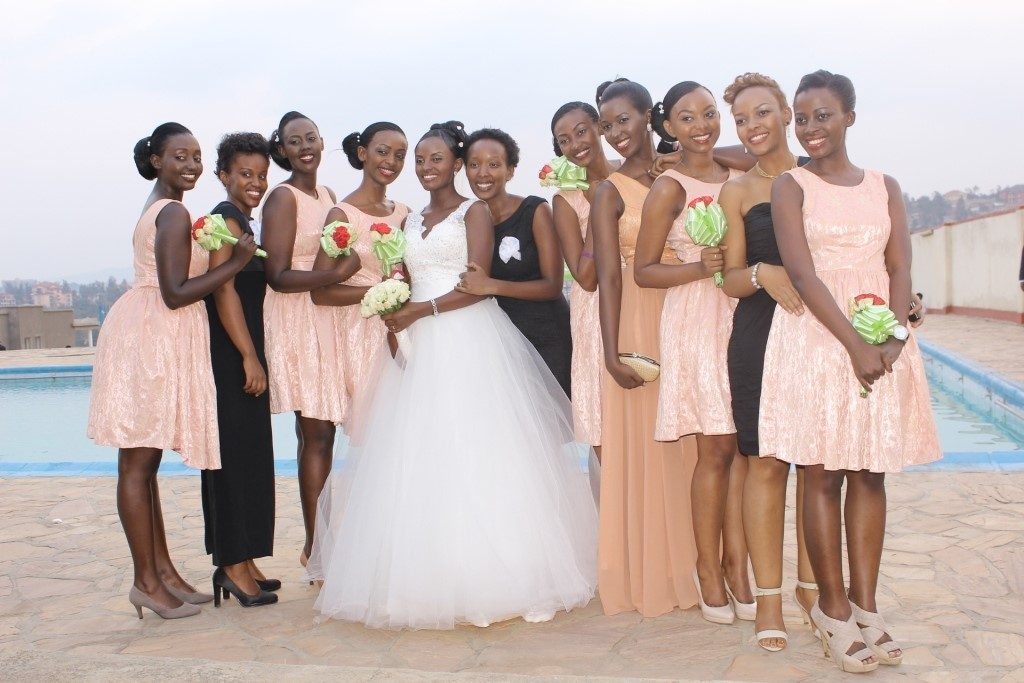
©Robby





まとめ

でも、「女性は家事をするもの」という価値観が変化してきているということや、ウエディングドレスを着る神前式スタイルは日本と共通していましたね。ウエディングケーキは人生の甘い希望をあらわす、という考え方も素敵。
「結婚式」というライフイベントを通じて、ルワンダのことをより理解することができました。ジャンビエ、ありがとう!
English

We have different steps in wedding to be successful those steps are following:
1. introduction (gufata irembo)
2. dowry ceremony and pay dowry (gusaba no Gukwa)
3. civil marriage (gutera igikumye)
4. religious marriage (Gushyingira)
5. wedding reception or party (kwakira abatumiwe)
6. Gutwikurura
Introduction (Gufata irembo)

That beer is shared among both families and neighbors within a small party

©Robby

Dowry ceremony and pay dowry (Gusaba no Gukwa)


©Robby


©Robby


Civil marriage (Gutera igikumye)

©Robby

religious marriage (Gushyingira)

©Robby


wedding reception or party (kwakira abatumiwe)


Gutwikurura

Before she’s given that right, no work she is enabled to do and she is not allowed to go on public, they hide her in room. She waits until family givers her right to do some works.

©Robby





Summary



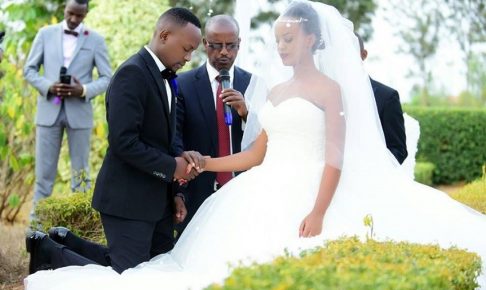


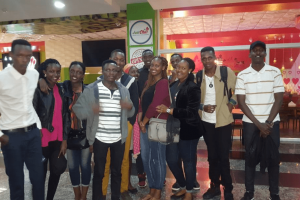

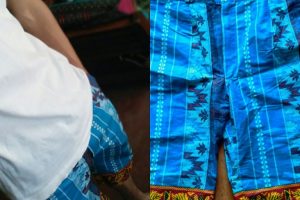





-300x204.png)

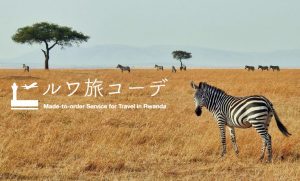


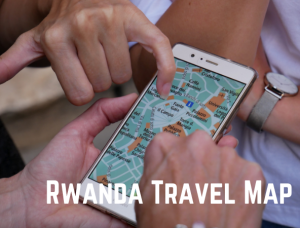
-300x250.png)